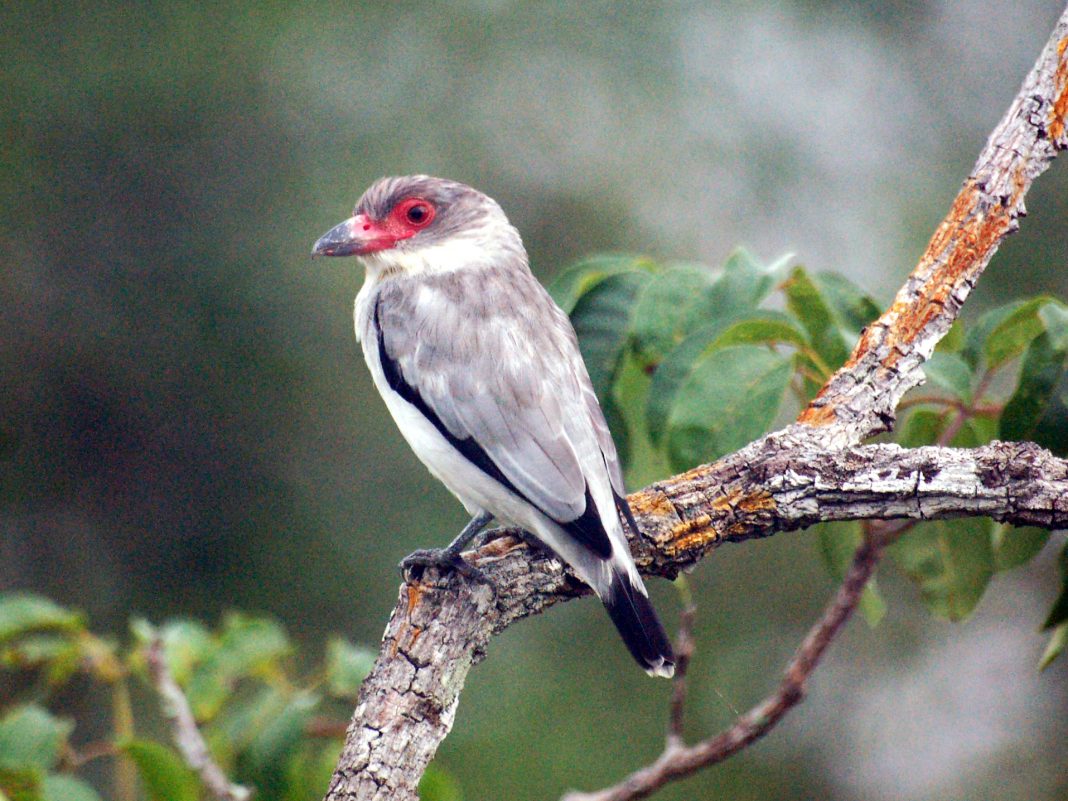The Masked Tityra: A Fascinating Bird Of The Tropics
Share
The Masked Tityra, scientifically known as Tityra semifasciata fortis, is a captivating bird belonging to the family Tyrannidae. This species is a part of the suborder Tyranni and the subfamily Tityrinae. Found primarily in the tropical and subtropical regions of South America, the Masked Tityra is known for its striking appearance and unique behaviors. This article delves into the taxonomy, habitat, diet, behavior, reproduction, and conservation status of this remarkable bird.

Taxonomy
The Masked Tityra was first described by Berlepsch and Stolzmann in 1896. The type specimen was collected from La Gloria, located at an elevation of 3,200 feet in the Chanchamayo Valley of central-eastern Peru. The species is classified under the order Passeriformes, which encompasses a vast array of songbirds. The family Tyrannidae includes many well-known flycatchers, while the subfamily Tityrinae is specifically known for its unique tityras.
Physical Characteristics
The Masked Tityra is a medium-sized bird, measuring approximately 20 to 25 cm in length. It exhibits a distinctive plumage, characterized by a combination of white, gray, and black feathers. The most notable feature is its black mask that extends from the beak to the eyes, giving it a striking appearance. The underparts are generally white, while the wings and back are a mix of gray and black. Males and females are similar in appearance, although males may have slightly more vibrant coloration.

Habitat
The Masked Tityra inhabits a variety of environments, primarily within the tropical zone and the lower edge of the subtropical zone. Its range extends across southeastern Colombia, eastern Ecuador, and eastern Peru, including regions such as Loreto, Puno, San Martin, Huanuco, Pasco, Junin, and eastern Ayachucho. Additionally, it can be found in northern Bolivia and western Amazonian Brazil. The species prefers areas with dense vegetation, such as riverine forests, secondary growth, and edges of humid forests.

Diet
The diet of the Masked Tityra primarily consists of fruits, insects, and other small invertebrates. It is known to forage in the canopy and subcanopy of trees, often seen perched on branches while scanning for food. The bird plays a crucial role in its ecosystem by aiding in seed dispersal, which contributes to the health and regeneration of forest habitats.
Behavior
Masked Tityras are generally social birds, often found in pairs or small groups. They are known for their melodious calls, which can be heard echoing through their forested habitats. Their vocalizations are an essential part of their communication, especially during the breeding season. The species is also known for its acrobatic flight, which includes short bursts of flapping followed by gliding.

Reproduction
The breeding season for the Masked Tityra typically occurs during the rainy season, when food resources are abundant. The female constructs a cup-shaped nest, usually located in the fork of a tree branch. The nest is made from twigs, leaves, and other plant materials. After laying a clutch of 2 to 4 eggs, both parents participate in incubating the eggs and feeding the chicks once they hatch. The young birds fledge approximately two weeks after hatching.

Conservation Status
Currently, the Masked Tityra is not considered to be at risk, with a stable population across its range. However, habitat loss due to deforestation and agricultural expansion poses a potential threat to its long-term survival. Conservation efforts aimed at preserving tropical forests are essential to ensure the continued existence of this beautiful species.
Birdwatching Tips
For birdwatchers interested in observing the Masked Tityra, the best locations are the tropical and subtropical forests of southeastern Colombia, eastern Ecuador, and eastern Peru. Early morning is the ideal time for birdwatching, as the birds are most active during this period. Listening for their distinctive calls can also help locate them in dense foliage.
The Masked Tityra is a remarkable bird that embodies the beauty and complexity of tropical ecosystems. Its vibrant appearance, social behavior, and ecological role make it a fascinating subject for both birdwatchers and researchers alike. Observing this species in its natural habitat offers a glimpse into the rich biodiversity of South America's forests, reminding us of the importance of conservation efforts to protect these vital ecosystems.